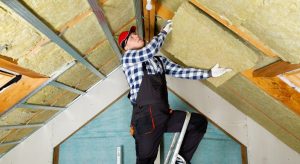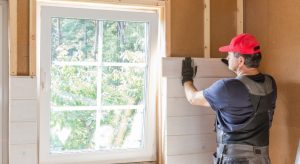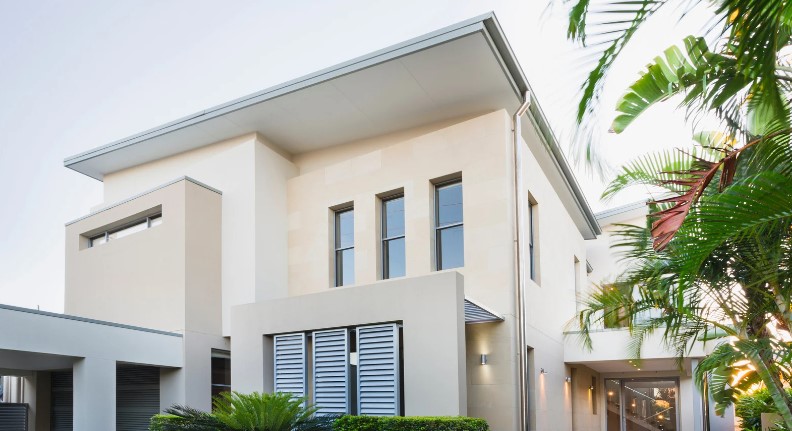Any household’s well-being depends on its comfortable indoor environment; achieving this calls for clever technology, strategic airflow management, and good insulation combined.
While maximising airflow through fans and natural ventilation can improve comfort during warmer months, proper insulation and sealing are basic features that stop undesired heat exchange.
Furthermore, careful window treatments can greatly affect temperature control; combining a smart thermostat with a well-maintaining HVAC system can maximise energy economy. These techniques will help homeowners lower energy bills and make their living environment more pleasant.
Proper Insulation and Sealing

Keeping a pleasant temperature all year, especially in areas like Surrey, where temperatures vary greatly, requires appropriate insulation and sealing.
In the summer, installing premium insulation and looking for cracks around windows, doors, and other openings stops cool air from leaving. Surrey air conditioning keeps your house comfortable, and guarantees appropriate insulation.
By helping to maintain the internal temperature of your house, weatherstripping or caulking reduces drafts and increases energy economy. Using professional services to address these problems will improve your Surrey house’s energy economy and comfort.
Utilising Fans and Ventilation
Optimising ventilation inside your house, especially in hot months, will greatly improve comfort levels. Ceiling fans are a great addition since they help circulate air and produce a cooling breeze, thereby lowering the temperature.
Furthermore, careful placement of portable fans helps direct airflow where it is most required. Employing exhaust fans in kitchens and bathrooms helps eliminate extra heat and humidity, so encouraging a fresher interior atmosphere and ensuring windows are opened during cooler portions of the day allows for natural ventilation.
Strategic Use of Window Treatments

The correct window treatments can greatly help to control indoor temperature. Thermal shades or heavy drapes can efficiently block direct sunlight, lowering heat intake during the hottest days.
Choosing light-coloured materials will help to reflect sunlight; sheer curtains will let natural light in without the accompanying heat.
By reducing solar radiation, reflecting window coverings or blinds can also help keep inside spaces cooler. Strategic window covering will help to improve energy efficiency and make your living environment more comfortable.
Smart Thermostat and HVAC System Management
Using a smart thermostat lets you precisely manage temperature and schedule, thereby improving the cooling efficiency of your house. These technologies let you change settings from far away so that your house is pleasant when you’re not there without needless energy use.
Your HVAC system also needs regular maintenance; professional inspections and filter changes help maximise performance and extend equipment lifetime. Effective control of your heating and cooling systems will help you lower energy costs and improve your quality of living.
Conclusion
A comfortable and energy-efficient house depends on proper insulation, good ventilation, thoughtful window treatments, and clever HVAC management. Homeowners can greatly lower energy loss and preserve consistent indoor temperatures by filling gaps and guaranteeing premium insulation.
Using fans and natural ventilation improves airflow; careful window coverings help to reduce solar heat input.
Including smart technology in thermostats and HVAC systems also enables more control and efficiency, which finally helps to cut energy costs. These ideas will help homeowners design a more comfortable living space that combines comfort and sustainability.




